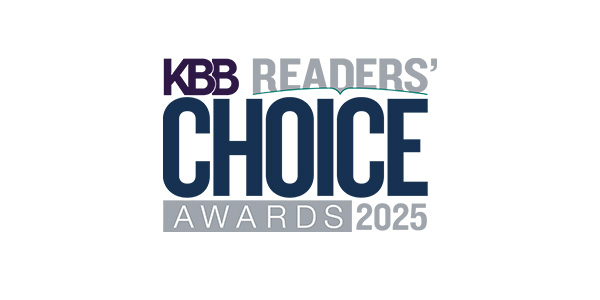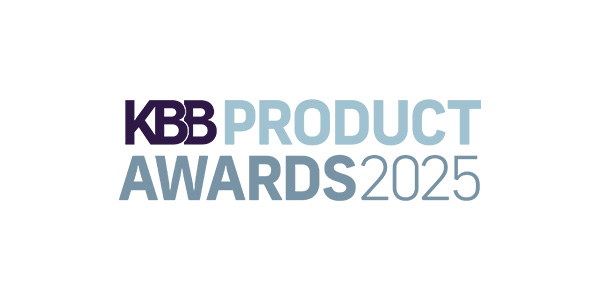“Why do two colors, put one next to the other, sing? Can one really explain this? No.”
—Pablo Picasso
Good
question, Pablo. But while the question is easy enough to understand,
coming up with a complete and comprehensive answer is less so. Part of
the difficulty lies in the human reaction to color, which comprises
both emotional and biological factors. Although science can explain and
predict our biological reaction to certain colors, it can never predict
our emotional response, which varies from one person to the next. It’s
a proven fact that no two humans view and react to a single color the
exact same way. There are many reasons for this, which will be
explained later, but for now, let’s stick to Pablo’s question.
Catalan
artist Joan Miró once said, “I try to apply colors like words that
shape poems, like notes that shape music.” The comparison to music is
apt. Consider each color you work with as a musical note. How every
note follows the one before will have an impact on whether the final
composition will sound like a masterpiece or just noise. Always keep in
mind that a color can only be judged and evaluated in relationship to
other colors. There are no bad colors. What makes a color unpleasant is
the combination of colors or the palette in which it appears.
CREATING HARMONY
“Harmony”
is a word designers often use when working to create a color palette.
But to create harmony, we must ask how colors enhance and support each
other. Here, the concept of DNA, used to determine genetic
relationships between humans, can be helpful. Breaking down colors to
their “DNA structure” will enable you to better determine if they share
a common denominator and whether they can be combined to build a
harmonious color palette. Yes, you can choose a wonderful color for a
kitchen or bath project, but its appeal is actually second in
importance to its primary color DNA, or its undertone.
To
understand undertone, think back to first-grade art class, where we
learned that all color pigments are made up of three primary colors:
red, blue and yellow. The primaries are the “founding fathers” of all
250 million pigments the human eye is capable of recognizing—another
proven scientific fact. All colors have an undertone, which is a
variation of either the founding father yellow or the founding father
blue. For example, green is never simply green: It’s green with a blue
undertone or green with a yellow undertone. Moreover, blue-green will
harmoniously sing among other colors with a blue undertone and vice
versa.
At this point, you may be wondering: What about the
primary color red? Why no mention of it as an undertone? The answer to
this is not a simple one. Although your eye can see and recognize red
as a full color, its system of cones and rods is such that it cannot
see red as an undertone. Consequently, your eye moves on to the next
dominating primary DNA, blue or yellow.
Designer David Hicks
once said, “The truth is that clashing colors do not exist; the whole
idea of certain colors conflicting violently with others was nonsense
dreamed up by a lot of genteel women in the 1930s. Colors do not
clash—they vibrate.” Colors that vibrate share very few or no “DNA
strands” and, as a result, will fight for attention. This doesn’t mean,
however, that the colors won’t work together or that they’ll look bad
together (it might be the case, but not necessarily so). It simply
means that they lack the common DNA strands to create a visual
transition and thus aid the eye in viewing both or even more colors in
one instant.
SCIENCE AND EMOTION
So there
you have it. The more shared DNA strands there are between colors, the
easier the transition and the better the harmony. This, of course, is
not to tell you what not to do, but to help you understand what may
result if you combine colors with different undertones. After all, some
projects or design ideas may call for a vibration effect between
certain colors. Or when that gray cabinetry you love is not working in
a particular space, remember the words of French chemist Michel Eugène
Chevreul: “In order to change a color, it is enough to change the color
of its background.”
But the interaction of colors is about more
than just their undertones. As artist Wassily Kandinsky noted, “Color
provokes a psychic vibration. Color hides a power still unknown but
real, which acts on every part of the human body.” The power of color
and its effects on the human body have long intrigued psychologists,
color theorists and artists. In the past 30 years, color researchers
have come forth with a wealth of amazing findings on the biological and
psychological impact of color on our everyday life and our wellbeing.
Much research has been done on how color can control the production and
release of certain hormones and chemicals in the human body that
regulate body temperature, adrenaline levels, melatonin levels and much
more.
Color’s emotional and psychological effects should also
not be overlooked. Colors, like music, can trigger memories, summoning
important experiences and feelings from our past. “Color conditioning,”
which refers to a person’s emotional connection to a particular color,
plays a central role in determining our triggers and how colors affect
us psychologically. Society, culture, family and everyday life
experiences all contribute to this conditioning process, which does not
end with childhood or adolescence but is ongoing. Just as our emotional
responses to life are constantly being filed away, so too are the
associated visuals—and colors—which later will serve as triggers. That
mauve sofa, where you spent hours in “timeout” at grandma’s house or
that yellow room where you fell in love for the first time are all
experiences that will bias you toward their associated colors.
SOCIAL INFLUENCES
In
addition, both culture and society exert great influence on the
conditioning process. In the U.S., for example, pink is considered a
feminine color and blue a masculine color. From the day we are born,
this conditioning begins at the hospital, with baby girls dressed in
pink and baby boys in blue. But historically speaking, this has not
always been the case. Regarded as a watered-down red, pink was once
considered a masculine color and communicated power. In fact, in 1914,
The Sunday Sentinel advised mothers to “use pink for the boy and blue
for the girl if you are a follower of convention.” The change to our
current gender associations occurred only after World War II.
Although
artist Pierre Bonnard once said, “Color does not add a pleasant quality
to design, it reinforces it,” you should never underestimate the power
of color in your work. Be aware that while you may be making decisions
based on emotion or intuition alone, your emotions are being triggered
by the colors surrounding you. Educate yourself about color and delve
beyond its aesthetic value. When designing, keep in mind your color
story and that certain colors can alter mood as well as physical being.
Your color palette could leave you questioning why the world around you
seems so noisy at times. Or it might just have you wondering where all
of that beautiful music is coming from…

—Feras Irikat is design director for Oceanside Glasstile and Mandala Tile.
To learn more about color theory, following are but a few excellent resources:
•
Fehrman, Kenneth R. and Fehrman, Cherie. Color: The Secret Influence,
2nd edition. Prentice Hall, 2003. (Theory and psychology)
•
Holtzschue, Linda. Understanding Color: An Introduction for Designers,
2nd edition. Wiley. (Theory and application for interior designers)
• Pile, John. Color in Interior Design. McGraw-Hill Professional, 1997. (Theory)
• Mella, Dorothee L. The Language of Color. Grand Central Publishing, 1988. (Color and personalities)
•
Birren, Faber. Color and Human Response: Aspects of Light and Color
Bearing on the Reactions of Living Things and the Welfare of Human
Beings. Wiley, 1984. (Color psychology)
• Kobayashi, Shigenobu. Color Image Scale. Kodansha International, 1992. (A system for developing color combinations)








